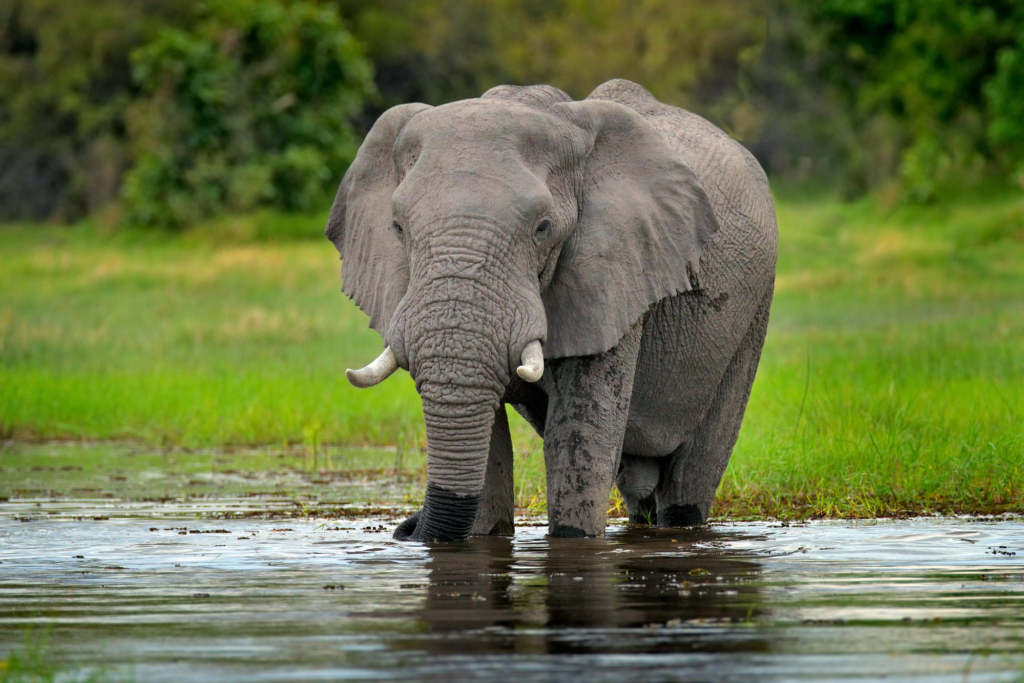Protecting and Restoring Wildlife Offers New Climate Solutions
By protecting and restoring wildlife, we can enhance natural carbon capture mechanisms and reduce climate change, a new study suggests.

Introducing natural solutions to combat climate change by protecting and enhancing carbon capture in terrestrial and aquatic ecosystems has the added advantage of protecting animal species.
While many natural climate solutions currently focus on protecting and restoring plant ecosystems, researchers say we're neglecting another way to control negative emissions: wildlife. The process of using wildlife conservation to enhance carbon capture and storage is called the animated carbon cycle (ACC) .
However, full use of ACC requires conservation and restoration of enough animal species to enable them to perform their ecological functions, also known as trophic rewilding.
Wild animals are critical to controlling the carbon cycle on land and in water through actions such as foraging, trampling, burrowing, seed dispersal and ecological engineering, according to new research by 15 scientists from eight countries.
"Wildlife species, in their interactions with the environment, are the missing link between biodiversity and climate," said Oswald Schmitz, lead author of the study. "This interplay means that rewilding can be one of the best nature-based climate solutions available to humans.
The researchers examined nine wildlife species -- marine fish, whales, sharks, gray wolves, wildebeest, sea otters, musk oxen, African forest elephants and American bison -- and found that protecting or restoring populations of these animals can collectively allow additional catches each year 641 million tons of CO2. That's equivalent to 5 percent of the amount needed to meet the Paris climate agreement's goal of keeping global warming below the 95.2°F (7.1°C) threshold.
They focused on larger animals because their ecological impacts tend to be more pronounced. In addition, they are more sensitive to human disturbance, habitat loss and alteration.
However, the dynamics of carbon uptake and storage depend on the presence of animals. As the world's wildlife populations have declined by nearly 50 percent over the past 70 years, researchers have found that pushing wildlife populations to the point of extinction could shift their ecosystems from carbon sinks to sources.
The researchers recommend strengthening current animal recovery efforts and introducing legislation, policy and funding to help protect animals whose numbers have been reduced by human intervention.
They know that adopting trophic rewilding methods to combat climate change requires a shift in mindset.
"Scientifically supporting these efforts will require changes in the thinking and execution of Earth and ecosystem science research to accept and quantify animal control across the carbon cycle," the researchers said. "This further requires a change in policy thinking that recognizes that trophic rewilding can be an important part of nature's climate solutions. There is some urgency in both, as we are losing populations of many animal species just as we find them in Functionally the same for carbon capture and storage.
The study was published in the journal Nature Climate Change .
Article source: Yale University


